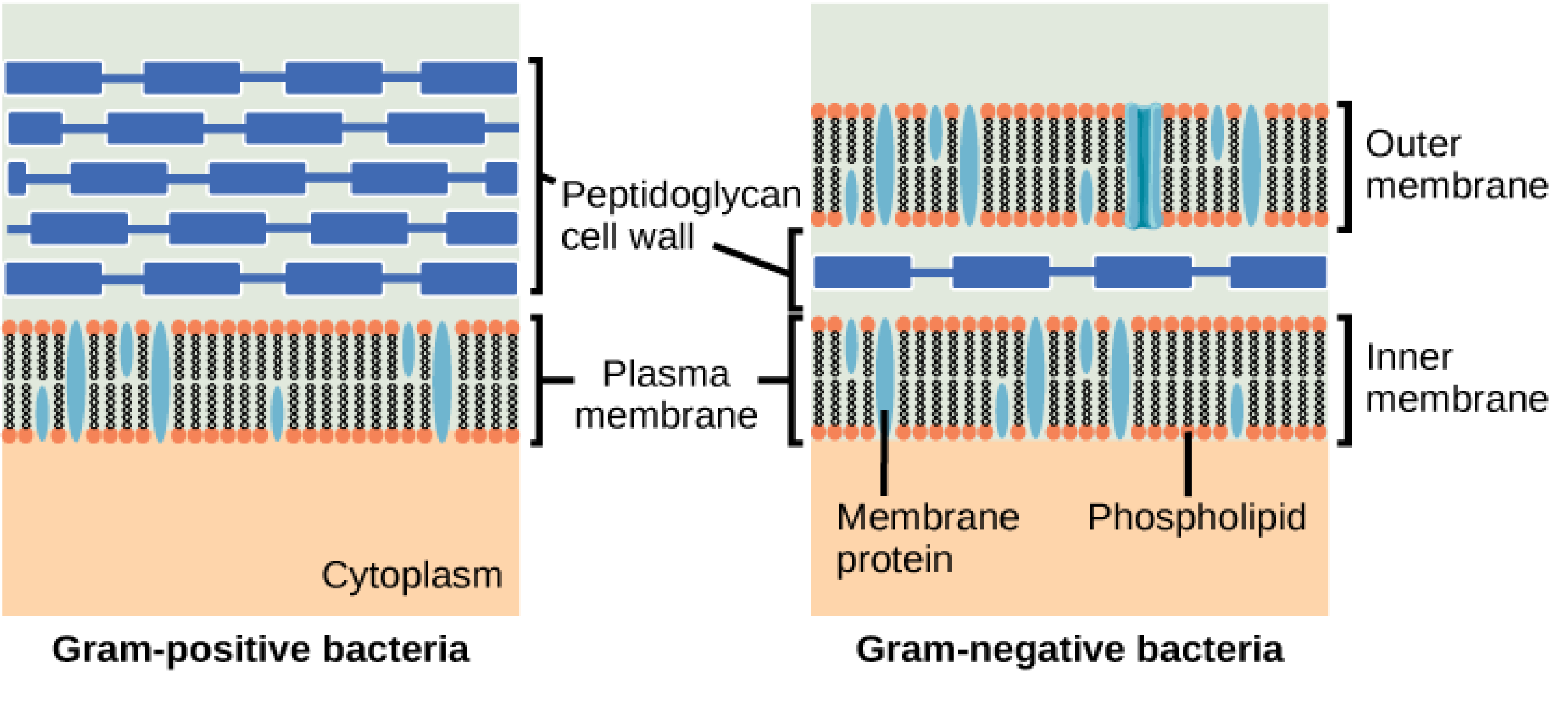Gram Negative Bacteria And Gram Positive. Comparison chart staining and identification The cells are stained with a purple dye (‘crystal violet’), which only binds to a substance called.

Like gram positive bacteria, some (not all) gram negative bacteria secrete exotoxins. Web the wobble bases of trnas that decode split codons are often heavily modified. Gram negative bacteria resist antibiotics.
In Clinical Microbiology, Phenotypic Typing Schemes (Particularly Gram Staining) Are Some Of The Most Common And Effective Techniques For Bacteria Identification.
Web gram positive vs gram negative. Lps is an endotoxin that can cause inflammation and septic shock. Brand ast n281 box as per nomenclature 10 pre filled ready to use cards for anti biotic susceptibility of gram negative bacteria.
Web Gram Negative Bacteria.
• minimizes time required for rna isolation by eliminating enzymatic and mechanical lytic steps. The cells are stained with a purple dye (‘crystal violet’), which only binds to a substance called. Web the wobble bases of trnas that decode split codons are often heavily modified.
These Microorganisms Have Significant Clinical Importance In Hospitals Because They Often Require Patients To Be In The Intensive Care Unit (Icu), And Patients Are At High Risk Of Morbidity And Mortality.
Comparison chart staining and identification However, in cells with thin peptidoglycan layers, the dye is subsequently removed by the solvent; Gram positive bacteria have cell walls composed of thick layers of peptidoglycan.
Gram Positive Cells Stain Purple When Subjected To A Gram Stain Procedure.
• uses two technologies for maximum rna yield and purity. Web key features of the trizol™ max™ bacterial rna isolation kit: Hence under a microscope, they are noticeably pink in colour.
Gram Negative Bacteria Contain Lipopolysaccharide (Lps) That Is Not Present In Gram Positive Cells.
Retain crystal violet dye and stain blue or purple. Web bacteria are unicellular prokaryotic organisms devoid of nuclei. Web the bacterial growth group was divided into three subgroups: